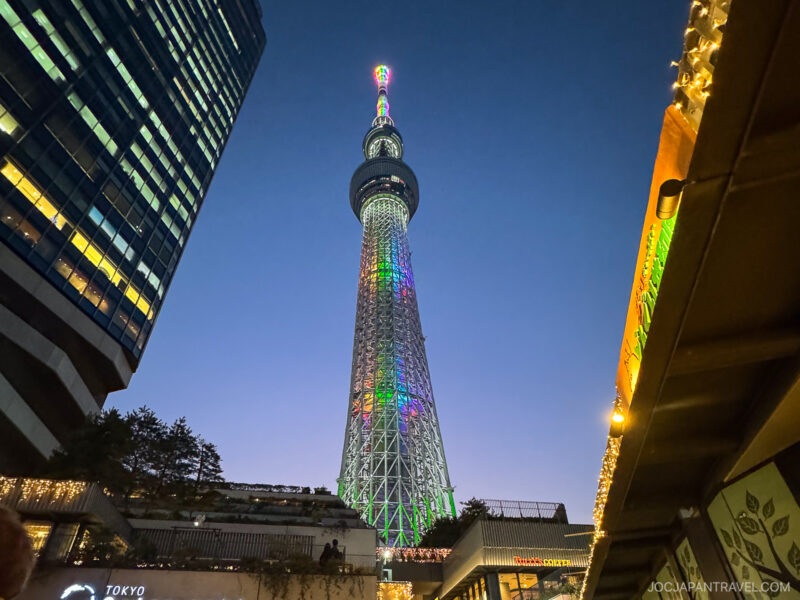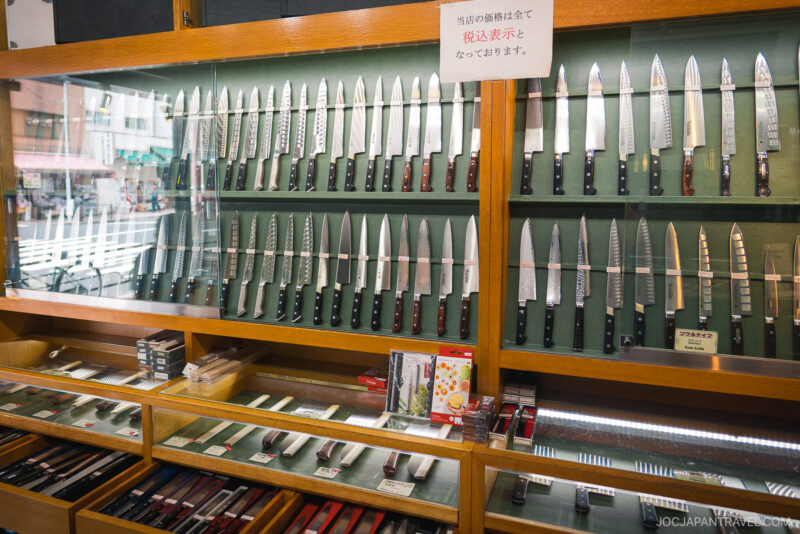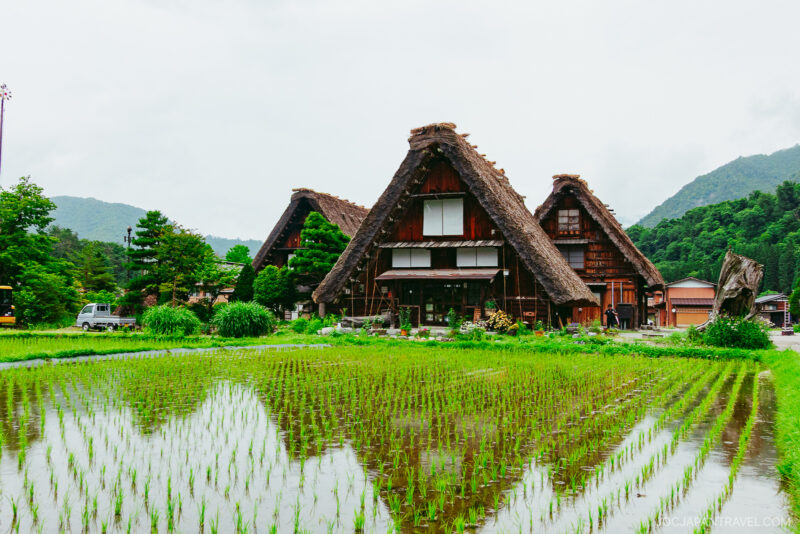This post may contain affiliate links. Please read our disclosure policy.
Handcrafted with intricate marquetry and clever mechanics, Hakone’s Himitsu-Bako puzzle boxes are both cultural treasures and playful souvenirs that captivates all ages.
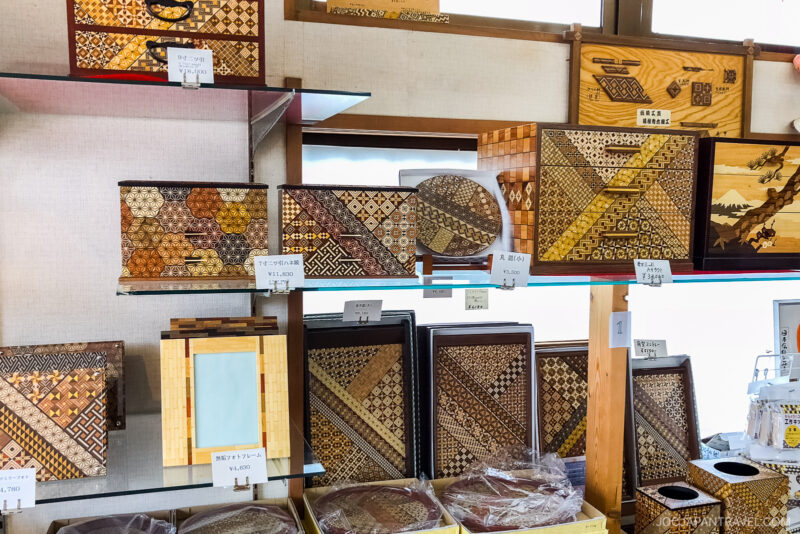
What Is a Himitsu-Bako (Japanese Puzzle Box)?
At first glance, a Himitsu-Bako (ひみつ箱, “secret box”) looks like a smooth wooden block. There are no hinges or latches, but inside lies a hidden compartment that only opens with a specific sequence of sliding moves. Some boxes take just four steps, while others require over 100 carefully executed motions.
These are more than brainteasers. Each box is decorated using Yosegi Zaiku (寄木細工), a traditional marquetry technique unique to Hakone. Tiny pieces of natural wood in different shades are fitted together to create geometric mosaic patterns. What looks like painted detail is actually inlaid wood, a testament to the craftsmanship of local artisans.
A Brief History of the Puzzle Box
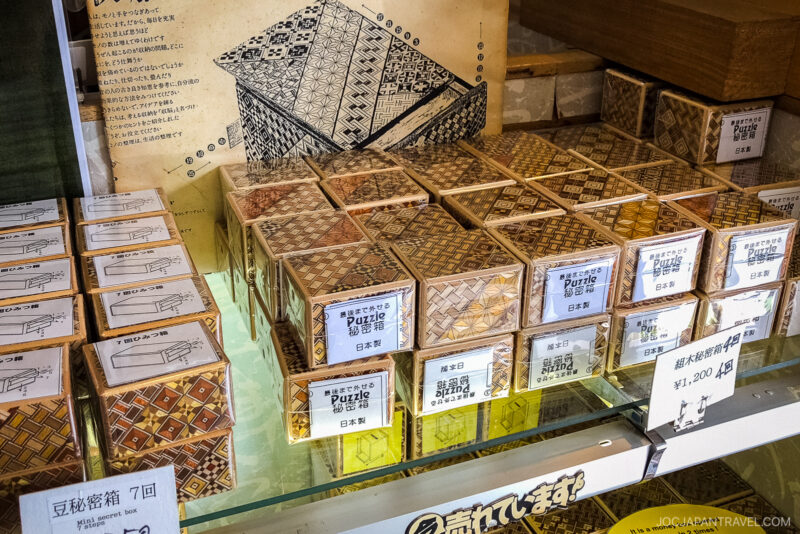
The Himitsu-Bako was first created in the late 19th century by Okawa Ryujiro, who designed them as clever keepsakes for travelers. They were also valued for their practicality. Sailors and merchants used them to store small valuables discreetly.
Hakone’s local hardwoods, including cherry, dogwood, and katsura, gave the boxes their strength and beauty. Over time, the craft became one of Hakone’s most recognized traditions, with Yosegi Zaiku still practiced by a small community of artisans today.
Where to Find Puzzle Boxes in Hakone
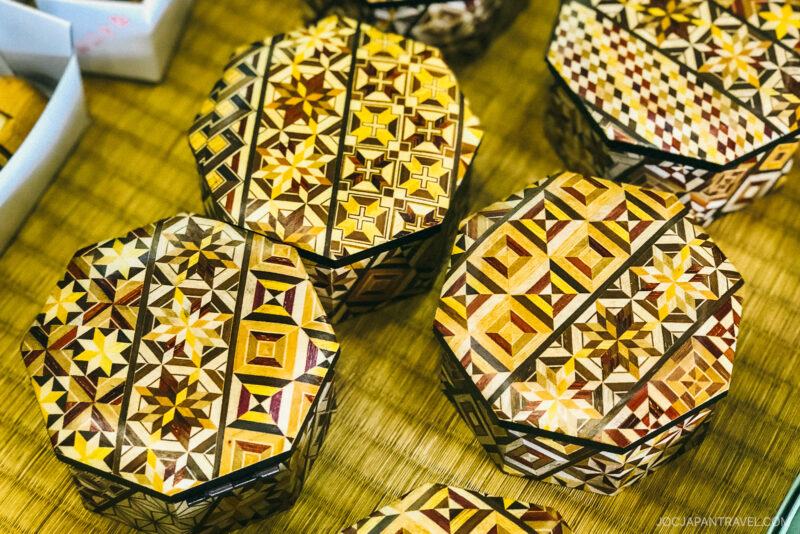
On one visit near Gora Station, we watched a craftsman demonstrate a 36-step box, and it instantly captured our kids’ imaginations.
You can find Himitsu-Bako at shops in Hakone Yumoto, Gora, and Miyanoshita, with some of the widest selections near Gora Station. Many stores carry both classic designs and limited-edition works. Prices usually range from around ¥2,000 for small, simple boxes to more than ¥30,000 for larger or complex creations. They make meaningful souvenirs and are conversation starters once you bring them home.
Is Hakone’s Himitsu-Bako Worth Taking a Look?
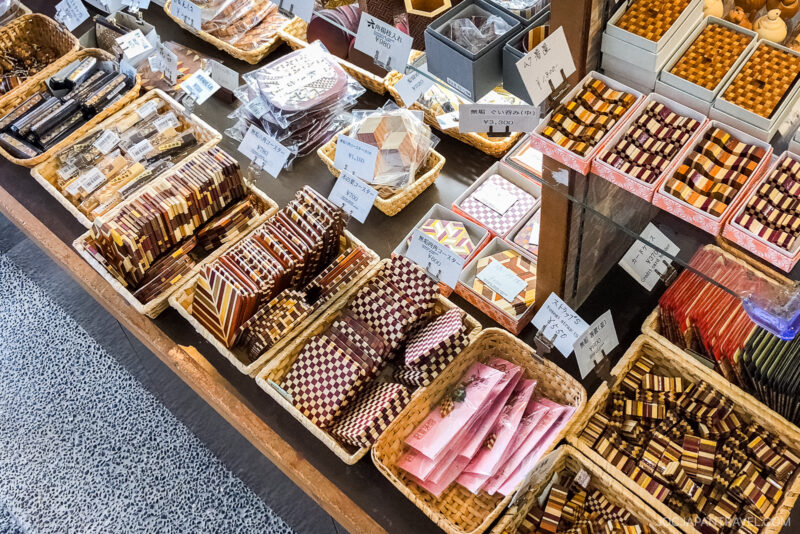
These boxes are more than decorative souvenirs—they’re living pieces of Hakone’s culture. Every time we see them, it sparks curiosity and appreciation for the artistry behind it. If you’re drawn to Japanese craftsmanship or want a keepsake that truly reflects the spirit of Hakone, a Himitsu-Bako is an unforgettable choice.
More to Explore Nearby
Here are some places to visit near Gora Station:
- Hakone Open-Air Museum – A family-friendly art park with sculptures and hot spring foot baths.
- Hakone Gora Park – A landscaped garden with seasonal flowers, tea houses, and craft workshops.
- Owakudani – A volcanic valley famous for black eggs boiled in sulfur springs.
- Hakone Ropeway – A scenic ride offering panoramic views of Mount Fuji on clear days.

